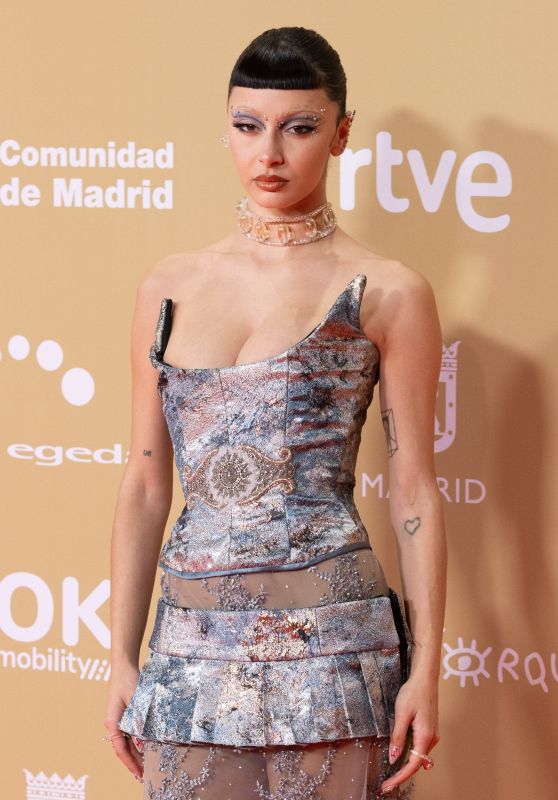There are lots of ways you can create the sense we’re watching a slice of life on film. But director B. Monet is a fan of doing so through anthology stories — distilling different facets of life down to their visual and narrative essence, and then letting different ones rhyme with each other. Her documentary “Black Girls” explores the many ways girls and women engage with the world, from beauty and health to food and community, but the inspiration for it didn’t come from the documentary world at all.
“I love anthology series. Like, the film ‘Wild Tales,’ I’m dying to do something like that with narrative, and ‘Black Girls’ was a take of doing it from a documentary perspective,” Monet told IndieWire. “We wanted [each section to be] this tease or appetizer of this person’s world. You’re dropped in the middle, and then hopefully you end in a positive, punchy way.”


The documentary focuses on six Black women engaged in advocacy or deep exploration of the subjects Monet wanted to investigate. There are certain nods to how a straightforward documentary would treat the interviews, like walks through neighborhoods and evocative b-roll. But Monet also injected some of that positive, punchy energy through transitions between chapter breaks with more poetic group shots and visual art with spoken word, stand-up, and speeches by Black women underneath.
“Everybody doesn’t necessarily know what it’s like to be a Black woman. So we wanted to be really thoughtful and curated on how sensitive the images could be. So it was a lot of archive material that was used, a lot of me finding stuff, but also other hands in that pot trying to figure out how we piece all of this together,” Monet said. “It was almost like a zine way of expressing and showing a multitude of Black women and not just this one monolithic experience.”
Creating the sense of a multiverse of experiences, even within a set of documentary stories, is a big challenge for a documentary that clocks in under 90 minutes. But even as “Black Girls” tells individual stories in chapters, it conveys the sense of a larger whole through its visuals. Monet and her cinematographer, Xavi Portillo, used a RED Epic camera and Super Baltar lenses to create a look with a certain amount of dreaminess. This allowed them to showcase the Black women in the film with a level of conscious beauty and reverence. “I think that’s always the trick with having different skin tones, especially darker skin tones, is how to honor them and make sure the skin isn’t washed out,” Monet said.
Monet also refused to wash out the sonic experience of “Black Girls,” starting with a playlist of about 200 songs that felt like they belonged inside the visual universe she wanted to create; once the vibes were set, Monet and her editing team felt free not to match sound exactly at key moments.
“You don’t want things to feel cheesy or carbonated,” Monet said. “[The sonic component] is one of my favorite parts of making films because I love sound so much, whether it’s sound effects, music, composing, ADR, all the stuff.”
Bringing all of the components together in the edit was a massive task, made all the more difficult by the need to rewatch a mountain of footage with, if not fresh eyes, a fresh perspective. Monet found she had to let go of whatever initial expectations she had and assemble the puzzle pieces in the way the film seemed to want.
“I think documentaries make you a better filmmaker because you have to literally make the film in the edit. You can have a map or an outline beforehand, but you have to yield and surrender to the process of what you’re co-creating with the world,” Monet said. “You can’t beat a documentary into being like an engineer when it wants to be a painter. You have to submit and surrender to the footage and the story.”
“Black Girls” is available to stream on Peacock.




















 English (US) ·
English (US) ·